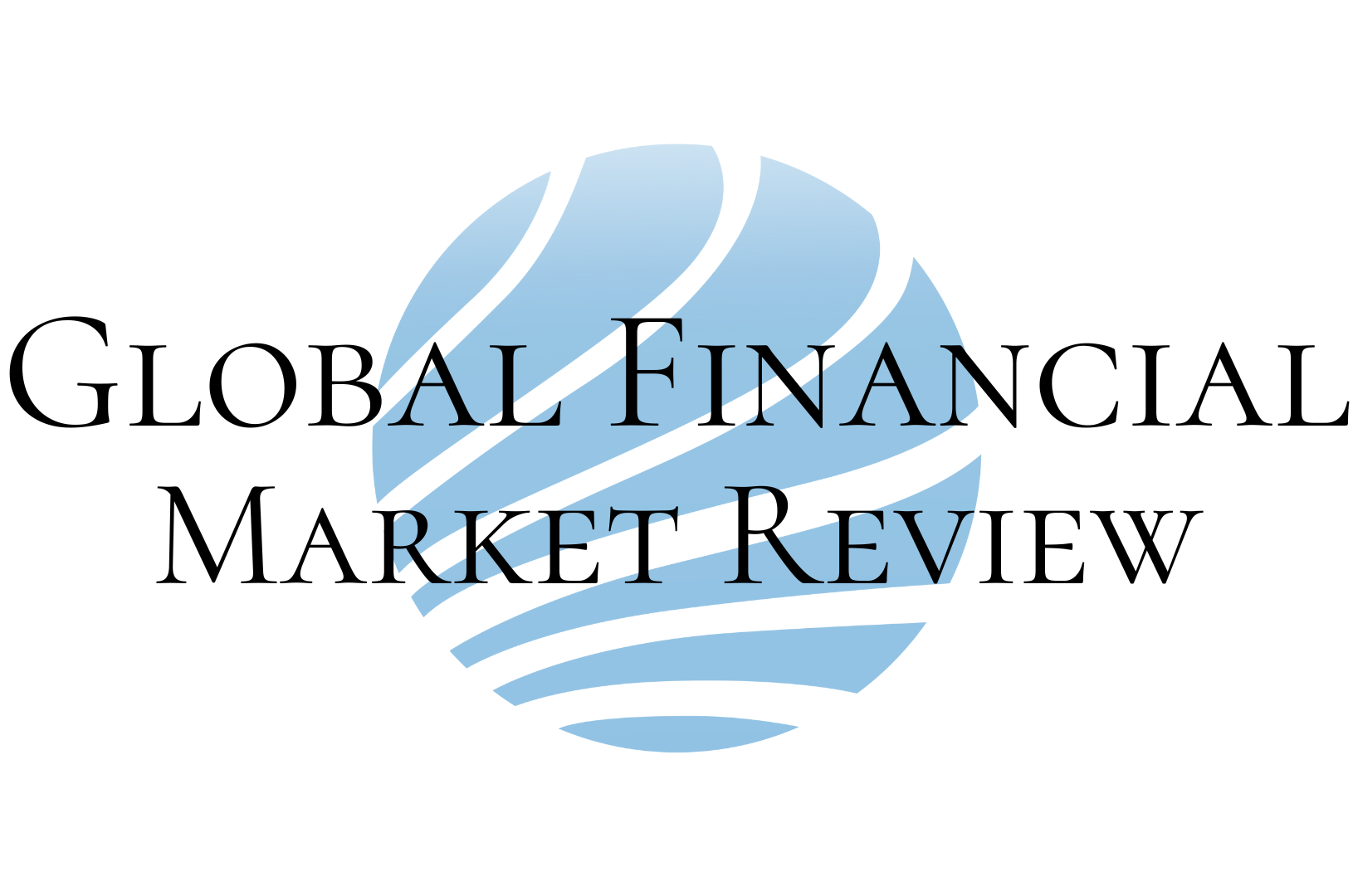Iran Currency Hits Record Low, Crashing Through 50,000 Mark

Iran’s government took drastic measures last month to stem the decline in the free market rate
TEHRAN: The Iranian rial fell to a record-low on Monday, breaking through the 50,000-to-the-dollar mark for the first time, with analysts blaming uncertainty stemming from Washington.
The rial has lost around a quarter of its value in the past six months to reach 50,860 against the US dollar according to the Financial Information Market, a trusted website for fluctuations on the open market.
The gap with the official rate, which stood at 37,686 on Monday, has continued to widen.
Iran’s government took drastic measures last month to stem the decline in the free market rate, arresting foreign exchange dealers, freezing speculators’ accounts and raising interest rates, as well as buying up millions of dollars in a bid to lower the price.
But on the streets of Tehran, long queues continued to gather outside foreign exchanges in the build-up to the Nowruz New Year holiday, which is running for another week.
“The issue is psychological rather than economic. There’s no reason to buy dollars except in the hope that you can sell them later at a higher rate,” said Esfandyar Batmanghelidj, founder of the Europe-Iran Forum, a business network.
He said Iranians were reacting to worrying headlines from the United States, where President Donald Trump recently appointed two hardline anti-Iran figures to his administration: Mike Pompeo as secretary of state and John Bolton as national security adviser.
Many analysts believe Trump will pull out of the 2015 nuclear deal with Iran when it next comes up for renewal in May, bringing back crippling sanctions.
“I see many people looking to invest in neighbouring countries because this fear is spreading about the future of the JCPOA (nuclear deal),” said Navid Kalhor, a Tehran-based financial analyst.
Local officials have complained that Iranians are hoarding billions of dollars, while local banks run short of cash.
“I have friends who go to banks and ask for 15 or 20 million rials (Dh1,101 or Dh1,469; $300 or $400) and they’re told to come back in a week because they’re out of cash,” said Kalhor.
The devaluation poses a major problem for President Hassan Rouhani’s government, which had hoped to attract massive foreign investment in the wake of the nuclear deal.
Already facing huge obstacles from remaining, non-nuclear US sanctions, the collapsing currency will serve as another deterrent to potential investors, said Batmanghelidj.
“Even in an instance where an investor is willing to operate in Iran, the devaluation is very concerning. If you invest now and the currency falls even 15 per cent, you have to discount that from your returns, and that’s very difficult to hedge against,” he said.
“This will be difficult for the government. There is very little they can do about the mentality of individuals.”
—AFP
Saudi Asset Management Industry Passed SR1tn For First Time
Saudi Arabia assets under management sector tipped to pass $350bn next year Read more
Global Financial Firm Lazard Bets On UAE Growth With Abu Dhabi Office Launch
The move is seen as Lazard’s commitment to deepening its presence in MENA, serving as a trusted advisor to clients ac... Read more
PayPal, TerraPay Partner To Boost Real-time Digital Transfers Across Middle East And Africa
The MENA digital payments market, estimated at $251.34 billion in 2025, is expected to reach $422.56 billion by 2030 Read more
Goldman Sachs Alternatives Acquires Majority Stake In UAE HR Firm PeopleStrong
The acquisition underscores the company’s ambitious growth strategy in the GCC region Read more
Al Salam Bank Announces Details Of Its 2025 Danat Savings Scheme
The biggest reward programme in Bahrain to offer prizes worth $10.6 million, including three grand prizes of $2.65 mill... Read more
Saudi Arabia Sees Surge In Cashless Payments As It Adopts Digital Transactions
Saudi Arabia uses digital technology for 79 per cent of retail payments Read more

